
Call for Mentors!
BlogWe are all thankful for the mentors in our life, pay it forward and become a mentor yourself.
The American Society of Plant Biologists is launching a mentoring platform through the Plantae Job Center. This platform will allow plant science professionals the opportunity to find mentors based on their…
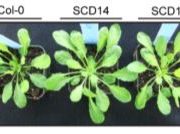
Designer PPR Proteins as Tools to Explore RNA Binding in vivo
The Plant Cell, The Plant Cell: In BriefTechniques to isolate the RNA molecules bound to a specific protein, via co-immunoprecipitation, for instance, have been available for years. The converse—methods to identify the proteins bound to a specific RNA—have been harder to come by, in part because of difficulty in elucidating the determinants…
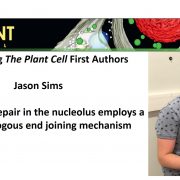
Recognizing Plant Cell first authors: Jason Sims
The Plant Cell, The Plant Cell: Author ProfilesJason Sims, first author of Meiotic DNA repair in the nucleolus employs a non-homologous end joining mechanism
Current Position: Post-doctoral researcher at the University of Vienna / MFPL
Education: PhD in molecular biology, special doctoral program in Chromosome Dynamics, from the University of…
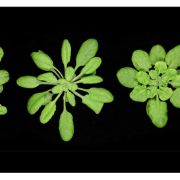
Scaffolding Brassinosteroid Components to Improve Plant Growth
Research, The Plant Cell, The Plant Cell: In a NutshellAmorim-Silva et al. identify scaffolding proteins that optimize BR signaling. Plant Cell https://doi.org/10.1105/tpc.19.00150
By Vitor Amorim-Silva and Miguel Botella
Background: The plant hormone Brassinosteroid (BR) is essential for proper growth. This hormone is extracellularly perceived…
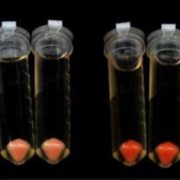
Critical residues for carotenoid biosynthesis by phytoene synthase (Plant Phys)
Plant Science Research WeeklyCarotenoids are diverse structures that contribute to photosynthetic light harvesting and serve as pigments, photoprotectants, and precursors for vitamin A and signalling molecules. Phytoene synthase is the first committed enzyme for carotenoid synthesis, and in tomato it is encoded by two genes, PSY1…
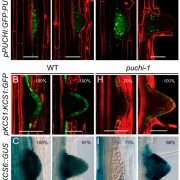
Very long chain fatty acids (VLCFA) are involved in lateral root formation (PNAS)
Plant Science Research WeeklyRoot branching determines the spatial organization of the root and its interaction with the soil. The emergence of lateral roots (LR) is controlled by a complex regulatory network, involving genetic, hormonal and mechanical factors. In this study, Trinh et al. got new insights about PUCHI, a transcription…
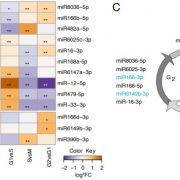
Cell cycle dependent regulation and function of ARGONAUTE1 in plants (Plant Cell) ($)
Plant Science Research WeeklyRegulation of gene expression at transcriptional, translational and post-translation levels is crucial for proper plant growth. Post-transcriptional gene regulation by small RNAs like microRNA (miRNA), siRNA and phasi-RNAs is necessary for meristem maintenance in plants. Unlike in the mammalian system,…

A signal amplifier that regulates soybean root growth in response to salt stress (Plant Cell_
Plant Science Research Weekly
The balance between environmental stress tolerance and plant growth is an important research topic. Plant responses vary among species and varieties, but also with the growth environment. Soil, water, and environmental factors interact to affect plant growth responses to soil salinity. To engineer…
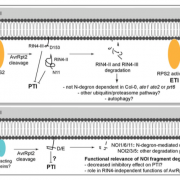
RIN4/NOI fragments utilize different N-end rules of degradation to fight off pathogens (Plant Physiol)
Plant Science Research WeeklyTo fight off invading pathogens, plants such as Arabidopsis are intrinsically programmed with a subset of defense responses often known as pattern-triggered immunity (PTI) and effector-triggered immunity (ETI). AvrRpt2, an effector secreted by the pathogen Pseudomonas syringe, is a protease that can…

